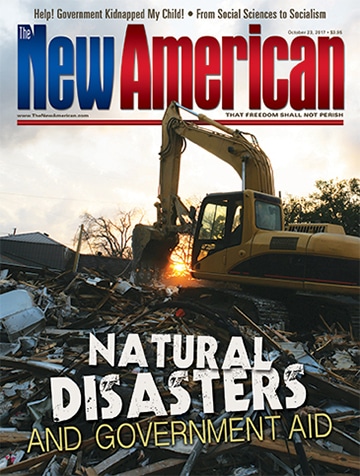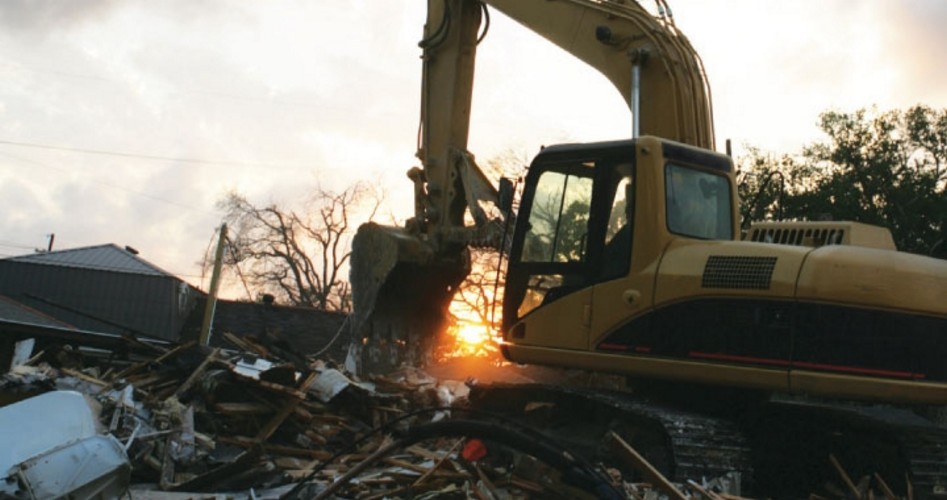Natural Disasters and Government Aid
At 7 a.m. on Friday, September 7, 1900, the steamship Pensacola left the port of Galveston, Texas, en route to its namesake city on the Florida panhandle. Before long, the sturdy vessel ran into rough seas and rising winds, which by evening had reached 100 miles per hour. The ship’s captain ordered the engines shut down, and the Pensacola dropped anchor to ride out the unexpected storm.
For the next day and a half, the ship was at the mercy of the storm, and was pushed far out into the Gulf once the powerful winds and waves snapped the anchor chain sometime Saturday morning. It was not until Saturday evening that the hurricane winds abated enough for the Pensacola’s engines to be restarted. She managed to make it back to Galveston by Sunday evening, two and a half days after her departure, to be greeted by utter desolation. Where a bustling city — lately dubbed the “Wall Street of the Southwest” — had stood, there were only gigantic piles of rack and ruin. The harbor with all of its landmark structures was gone, as were all but a handful of buildings in the city. Hundreds of corpses were piled on the shore, while countless more bobbed in the surf. Captain J.W. Simmons and the Pensacola had managed to survive the worst hurricane, and natural disaster, in the history of the United States.
But many of the residents of Galveston Island were not so fortunate. The Great Galveston Hurricane, as it has since become known, inflicted an unspeakable toll on the city of Galveston and its surroundings, wiping out between 8,000 and 12,000 lives; the exact toll will never be known. The city of Galveston itself stood only seven feet above sea level on average, but the hurricane produced a storm surge more than twice as high that washed over the entire island, obliterating entire blocks of buildings in its destructive path. Among the victims were hundreds of people who fled to the upper floors of a three-story apartment building — only to find themselves trapped as merciless wind-driven piles of heavy debris demolished the building room by room, along with almost everyone inside. The storm also claimed all but three teenage boys of the more than 100 children and nuns living in an orphanage just outside of town, as well as more than 80 passengers on a train to Houston that was swept off the tracks by the raging waters.
JBS Member or ShopJBS.org Customer?
Sign in with your ShopJBS.org account username and password or use that login to subscribe.

 Subscribe Now
Subscribe Now
- 24 Issues Per Year
- Digital Edition Access
- Exclusive Subscriber Content
- Audio provided for all articles
- Unlimited access to past issues
- Cancel anytime.
- Renews automatically

 Subscribe Now
Subscribe Now
- 24 Issues Per Year
- Print edition delivery (USA)
*Available Outside USA - Digital Edition Access
- Exclusive Subscriber Content
- Audio provided for all articles
- Unlimited access to past issues
- Cancel anytime.
- Renews automatically


